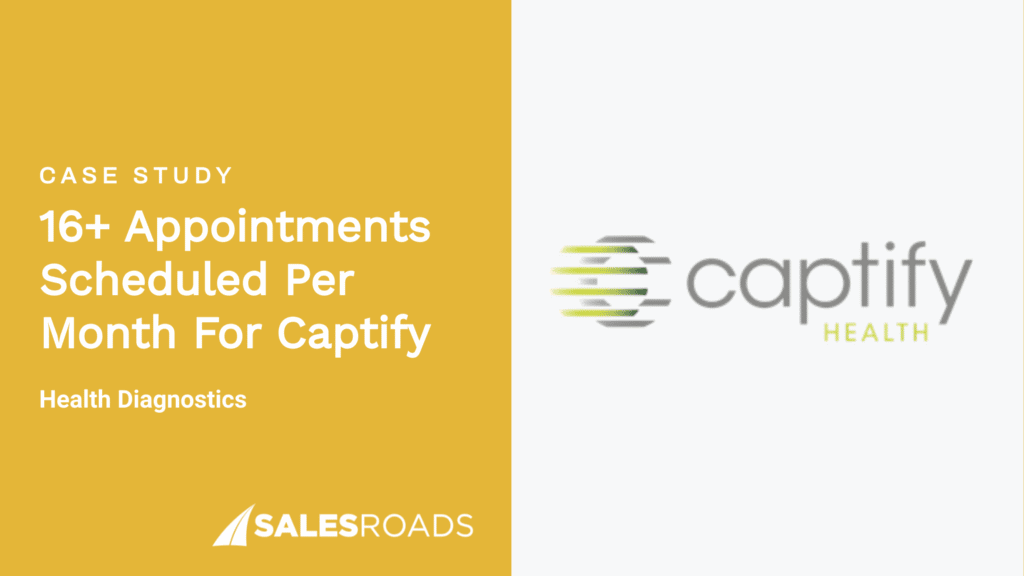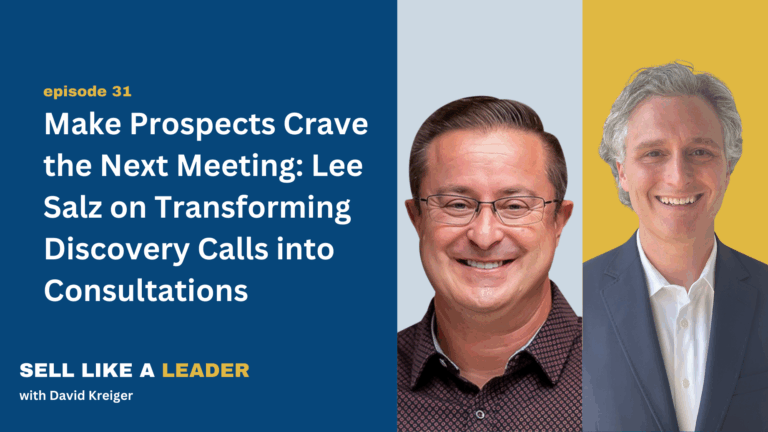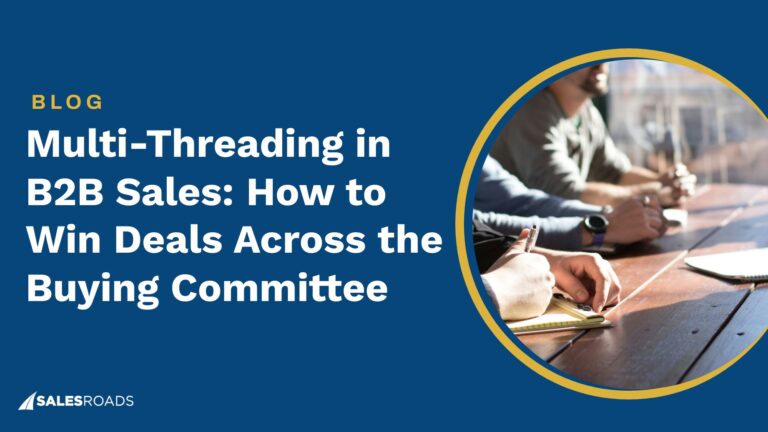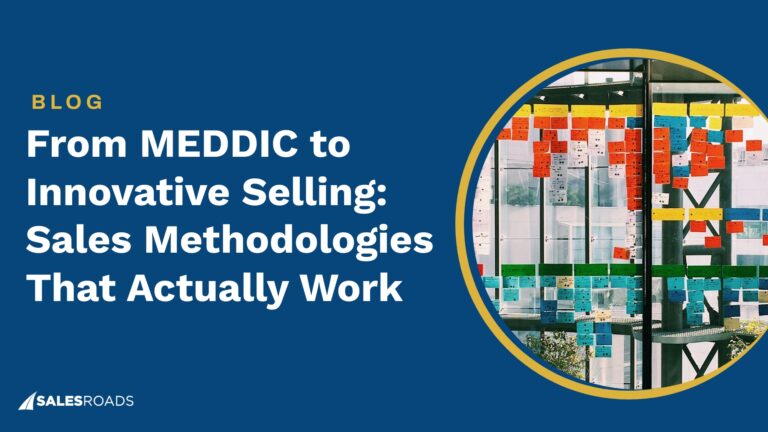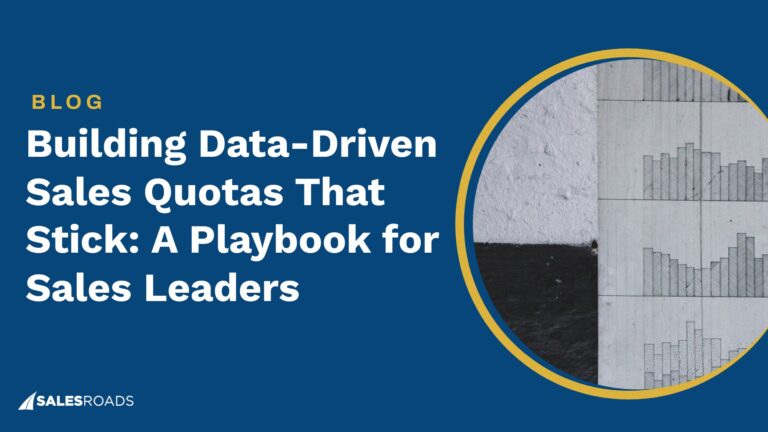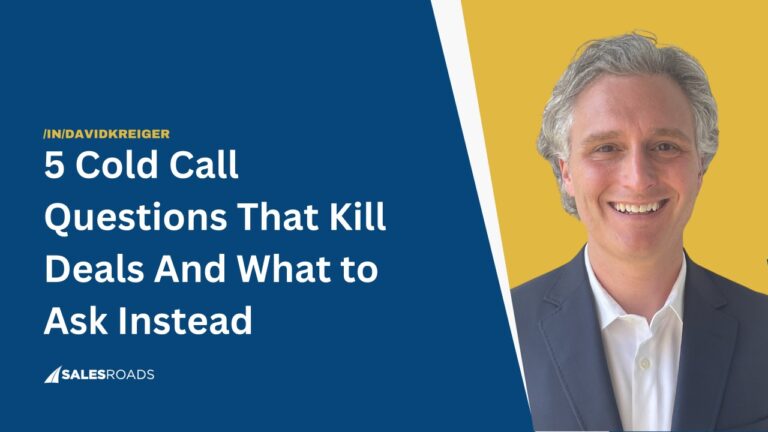Reaching busy B2B buyers is harder than ever. Emails go unopened. Calls get ignored. LinkedIn messages sit in inboxes.
That’s why top-performing sales teams don’t rely on one tactic; they build a multichannel cold outreach strategy that works across every touchpoint.
If you’re still only cold emailing or dialing without support from other channels, you’re leaving opportunities on the table. Today’s prospects need to see your name more than once and in more than one place before they respond.
Cold Outreach and Its Role in Lead Generation
Cold outreach involves initiating contact with potential clients who haven’t previously interacted with your business. It’s one of the most effective ways to generate leads, especially in B2B sales, where waiting for inbound isn’t always enough.
It tends to be especially effective in certain scenarios—like when you’re targeting a very specific or niche audience; market awareness of your brand or product is low; you need quick market penetration; your product requires a high level of customization before a sale; or your product is highly valuable and complex and offers a unique solution.
When done right, it puts you directly in front of decision-makers, sparking conversations that can turn into qualified opportunities.
Why a Multichannel Cold Outreach Strategy Works
Buyers today don’t just live in their inbox. They’re scrolling LinkedIn between meetings, checking voicemail during their commute, and reading texts while grabbing coffee. Reaching them means showing up where they are across multiple touchpoints.
Instead of relying on just email or just cold calling, this approach blends different channels like LinkedIn, phone, email, and even voicemail. It creates more entry points and more opportunities to connect with your target prospects.
If your first email doesn’t get a reply, a quick follow-up message on LinkedIn might do the trick. Or maybe a voicemail after a few touchpoints builds the credibility needed to earn a response.
It’s not about being everywhere just for the sake of it—it’s about being thoughtful with your timing and message based on where your prospect is in their journey.
Multichannel prospecting keeps your outreach warm, personalized, and top-of-mind, even when your buyer’s calendar is packed.
Sales teams using a structured multichannel cold outreach strategy see better response rates, faster sales cycles, and improved pipeline quality. It’s not just smarter outreach—it’s how modern B2B sales gets done.
Key Channels for Cold Outreach
Prospects are spread across different platforms, each with their own preferences. Let’s take a closer look at the most effective outreach channels and how to use them in your multichannel sales process.
Cold Calling
Cold calling continues to be a top-performing channel. A study by Orum found that 51% of leads come from cold calling. That’s more than half. While some reps shy away from the phone, the data makes one thing clear: conversations still convert.
The value of cold calling is in its immediacy. Unlike email or LinkedIn, it gives you a chance to connect in real time, build rapport, and get instant feedback. You can adjust your tone, clarify objections, and ask follow-up questions on the spot. That level of engagement is hard to match with any other channel.
To make cold calls more effective:
- Start with a strong opener that shows you’ve done your homework.
- Focus on solving a problem, not pitching a product.
When paired with follow-up emails or LinkedIn messages, cold calling becomes a vital part of your multichannel cold outreach strategy. It’s especially powerful early in the prospecting cycle to kickstart conversations and qualify interest.
Voicemail
Voicemail might seem outdated, but it still plays an important role in multichannel prospecting. To highlight that, David Kreiger, the founder of SalesRoads, shares how a voicemail brought him back to action:
Voicemail adds a human touch that cuts through the digital clutter. It’s your chance to introduce yourself, show credibility, and leave a reason to call back—or at least look you up online.
Don’t try to close a deal in a voicemail. The goal is to warm the lead and encourage them to engage via another channel.
And remember—voicemail doesn’t stand alone. It’s most effective when paired with follow-ups across channels.
For example, you can reference your voicemail in your next message: “Just left you a quick voicemail—wanted to put a face to the name here on LinkedIn.”
Cold Email
Cold email remains a cornerstone of multichannel prospecting—and for good reason.
It’s scalable, measurable, and when personalized, incredibly effective. For instance, including the recipient’s first name in the subject line can lead to a 43.41% reply rate.
Strong cold emails are short, relevant, and clear. They focus on the prospect’s pain points, not your product features. They offer value, not just a meeting request.
What makes cold email so valuable in a multichannel sales approach is its flexibility. You can:
- Automate multi-step sequences.
- A/B test subject lines and CTAs.
- Time your outreach based on prospect behavior.
And when email is used in combination with other channels—like a cold call beforehand or a LinkedIn visit after—it becomes much harder to ignore.
Prospects begin to recognize your name, recall your message, and see you as a credible resource.
For best results, personalize each message based on industry, role, or trigger events. Even small touches (like mentioning a recent company announcement) can significantly boost open and reply rates.
Social Selling on LinkedIn
LinkedIn is where B2B buyers hang out, stay informed, and connect with peers.
LinkedIn is home to 65 million decision-makers and over 10 million corporate executives, making it a prime platform for potential customers to discover solutions and engage with valuable content.
This positions LinkedIn as a powerful tool for building trust and priming your cold outreach.
Unlike email or phone, social selling on LinkedIn isn’t about the hard sell. It’s about engaging.
Start by optimizing your profile. Your headline and summary should speak directly to your target audience and position you as someone worth talking to. From there, begin interacting with your prospects:
- Like or comment on their posts.
- Share relevant content with a thoughtful message.
- Send connection requests with a short, personalized note.
Once connected, you can move the conversation forward gradually. Ask questions, share insights, and show that you understand their challenges.
Social touches work best when integrated into a multichannel cold outreach strategy. For example, viewing a prospect’s profile before calling can increase callback rates. Or referencing a LinkedIn comment in your follow-up email can spark recognition and response.
Used correctly, LinkedIn becomes a long-term trust-building tool in your multichannel sales toolkit.
How to Build an Effective Multichannel Cold Outreach Sequence
An effective multichannel cold outreach strategy starts with clear planning.
Start by identifying your ICP. Understand their pain points, buying triggers, and the channels they’re most active on. This insight helps you shape your messaging and choose the right mix of communication methods.
Though this sequence should be specific to the prospects you’re targeting, for instance, a winning multichannel prospecting sequence might look like this:
Space out your touches over 10–14 business days. Alternate channels to increase exposure without overwhelming your prospects. And ensure that every step in your multichannel sales cadence builds on the last. Each message should move the conversation forward, whether it’s asking a question, offering insight, or proposing a next step.
Common Mistakes to Avoid
Even with a strong multichannel cold outreach strategy, simple mistakes can hurt your results. Avoid these common missteps:
- Using the same message across all channels
Your cold call script shouldn’t be a copy of your email or LinkedIn message. Each channel has its own tone and format. Tailor your message accordingly to keep it engaging.
- Not giving prospects enough time to respond
Don’t rush your follow-ups. Give each touch time to breathe—2 to 3 days is often ideal. Following up too soon or too often can feel spammy and hurt your chances.
- Neglecting one channel entirely
Some reps rely too heavily on email or LinkedIn and avoid the phone. But skipping a channel means missing out on opportunities. A well-rounded multichannel prospecting plan covers all major touchpoints.
- Failing to personalize
Mass-blasting generic messages rarely works. A little personalization goes a long way. Reference their role, company challenges, or relevant industry trends.
- Not tracking or learning from results
Without performance tracking, it’s hard to know what’s working. Many reps fall into a pattern of sending the same messages over and over without analyzing outcomes.
The only way to improve your multichannel cold outreach strategy is by measuring what works—and what doesn’t.
Tracking Performance and Optimizing the Strategy
Start by tracking key outreach metrics based on the channels you’re using. They can be open and reply rates for cold email, call connect and conversion rates for cold calling, connection acceptance and response rates for LinkedIn, or meeting booked rate across all channels.
These metrics help you understand which steps in your sequence are performing best and where drop-offs happen. But don’t stop at individual channel performance. Look at the full sequence across your multichannel prospecting effort.
For example:
- Are you getting more replies after a voicemail?
- Do LinkedIn touches boost engagement with your emails?
- Are some subject lines or CTAs driving more conversions?
Use this data to run A/B tests. Try different subject lines, call openings, and LinkedIn connection messages. Small tweaks can make a big impact.
Also, consider segmenting your outreach by persona, industry, or buying stage. Custom sequences for different audiences can dramatically improve your multichannel sales results.
The most effective B2B sales teams treat their outreach strategy like a living system—constantly testing, learning, and optimizing for better performance.
Bottom Line
If you’re serious about booking more meetings and driving real pipeline, relying on a single channel just won’t cut it. Buyers are busy, distracted, and spread across multiple platforms.
A thoughtful multichannel cold outreach strategy helps you meet them where they are, earn their attention, and build momentum. It’s not about doing more—it’s about doing it smarter across every touchpoint.



